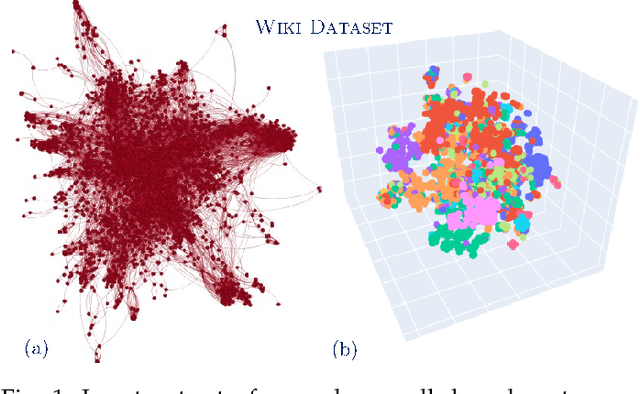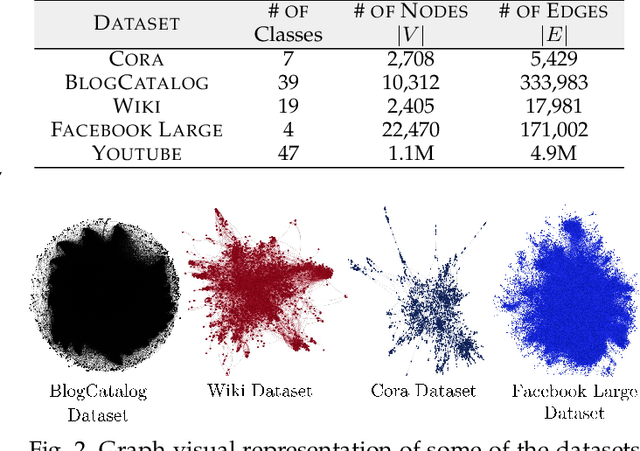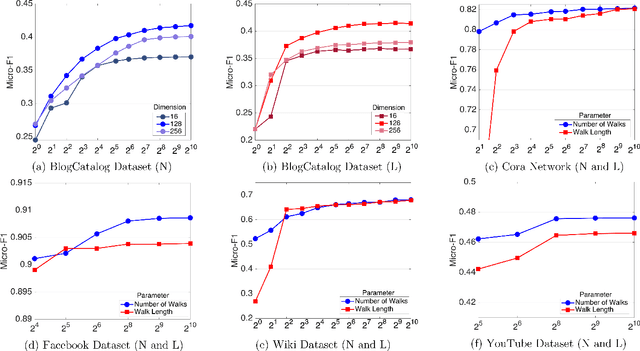Delving Into Deep Walkers: A Convergence Analysis of Random-Walk-Based Vertex Embeddings
Paper and Code
Jul 21, 2021



Graph vertex embeddings based on random walks have become increasingly influential in recent years, showing good performance in several tasks as they efficiently transform a graph into a more computationally digestible format while preserving relevant information. However, the theoretical properties of such algorithms, in particular the influence of hyperparameters and of the graph structure on their convergence behaviour, have so far not been well-understood. In this work, we provide a theoretical analysis for random-walks based embeddings techniques. Firstly, we prove that, under some weak assumptions, vertex embeddings derived from random walks do indeed converge both in the single limit of the number of random walks $N \to \infty$ and in the double limit of both $N$ and the length of each random walk $L\to\infty$. Secondly, we derive concentration bounds quantifying the converge rate of the corpora for the single and double limits. Thirdly, we use these results to derive a heuristic for choosing the hyperparameters $N$ and $L$. We validate and illustrate the practical importance of our findings with a range of numerical and visual experiments on several graphs drawn from real-world applications.
 Add to Chrome
Add to Chrome Add to Firefox
Add to Firefox Add to Edge
Add to Edge